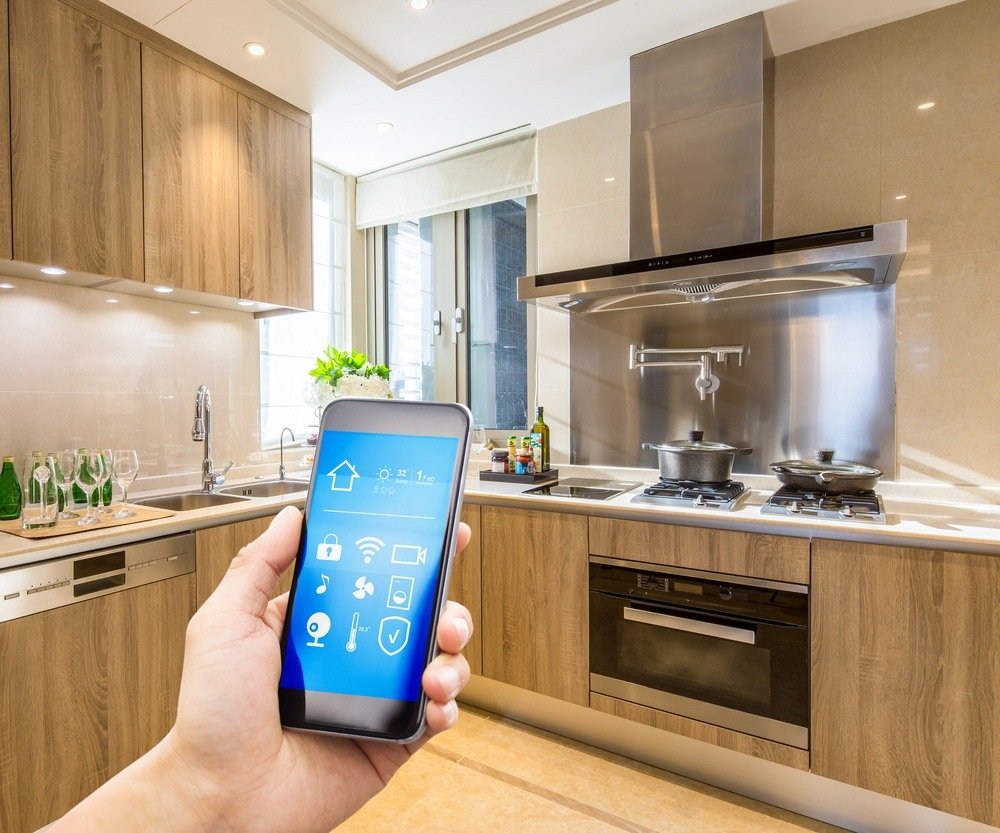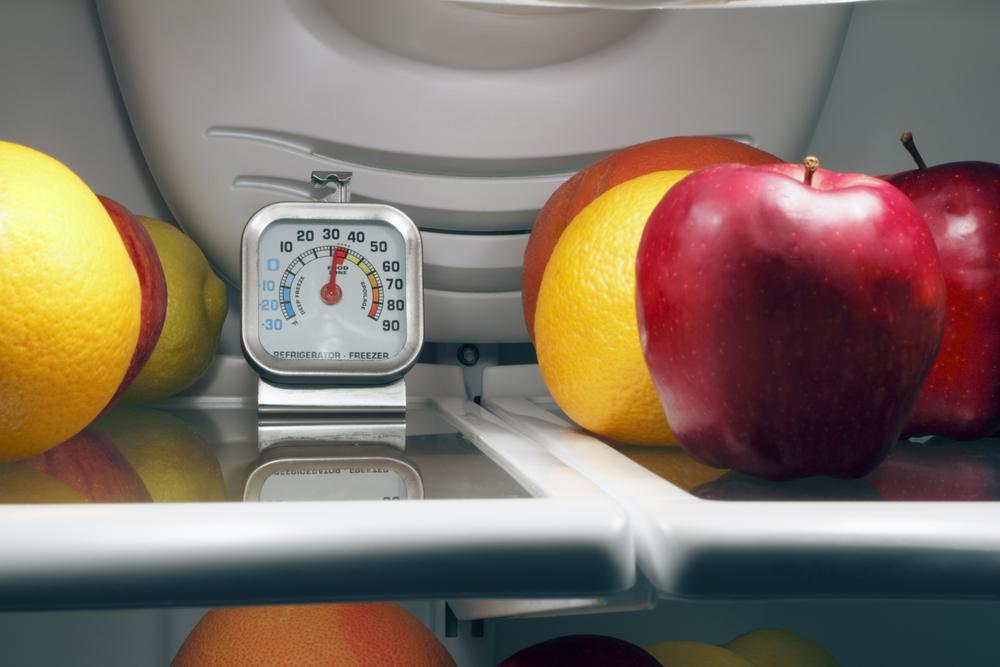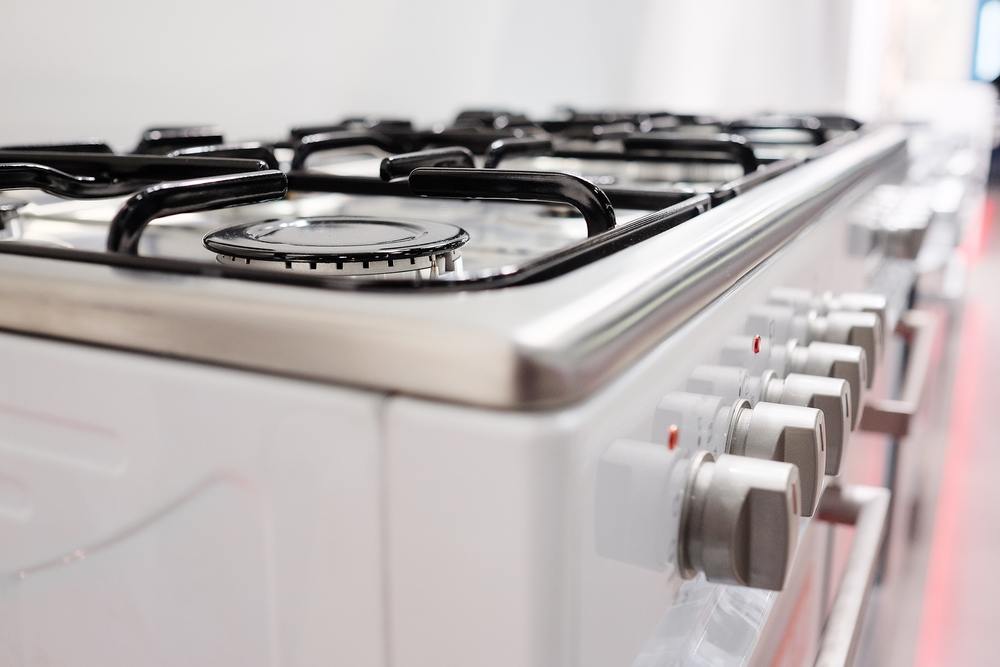8 Ways to Cut Down on Energy in Your Kitchen
This article Written by Phil McNamara, M.B.A. – CSO

So, you’re trying to make your kitchen a little greener. It’s 2018, and we no longer have to get all of our energy-efficient, environmentally friendly advice solely from Captain Planet, fortunately. There are now tons of proven tips and tricks one can use toward cutting down on energy wastage within our home or work environments. A good place to start is by knowing where all the biggest energy wasters are located in your environment.
At home, you can typically find some of the biggest culprits located right in your very own kitchen. Whether it is the dishwasher, the oven, the refrigerator, or that spare refrigerator you keep for your fancy wines, almost all of them need to be addressed if you want to cut down on your energy usage. Let’s keep it simple and look at eight ways you can help out the environment from your own kitchen.
Cutting Down Energy Usage in Your Kitchen: What You Need to Know
- Let’s start with the biggest culprit: the refrigerator — Yes, the refrigerator is, without question, a huge energy hog, largely because it continuously cycles on and off all day, without stopping. Left to its own devices (get it?), most refrigerators will cost about ninety dollars USD per year to operate, according to the U.S Department of Energy. This all depends on what kind of refrigerator you have, its size, and how you’re using it, naturally, but it is a telling base-estimate.
Here are some things you can do to help mitigate how much energy your refrigerator is using:
-Get an Energy-Star-rated refrigerator. An Energy-Star-efficient refrigerator is always a great step in the right direction when it comes to saving energy. There are also plenty of add-ins and refrigerator water filters you can use to help save on energy. As a side note: If you have a whole-house water filter BOS system in place, you can also expect your refrigerator to run for longer and more efficiently, as the purified water will be easier on the internal piping and mechanics of your refrigerator.
-Moderate the temperatures. Most refrigerators are set to run colder than they need to be in order to keep food and drinks fresh. To save on energy, try having your refrigerator set to between thirty-seven to forty degrees Fahrenheit. For the freezer, try to stick to between zero to five degrees Fahrenheit. Some older models might not have built-in thermostats, but, fortunately, these tend not to run too high in cost.

-Regularly clean the coils. The coils of a refrigerator are typically located either on the rear or the bottom of the refrigerator. Cleaning refrigerator coils can be done by vacuuming dust away from the coils every six months, you will have your unit operating much more efficiently while also expanding its lifespan.
- Now, let’s bring the heat by discussing ovens and ranges — While the refrigerator is always a great place to start, ovens and ranges are a bit harder to manage. There are Energy-Star-rated machines, naturally, but these can be a bit more difficult to plan for and install—especially if you are working with limited space in your kitchen. With that in mind, let’s see what you can do to make your ovens and ranges more energy efficient.
-Don’t be afraid to pull the plug early. Of course, we don’t mean that in a literal sense.
More so, when using your oven or top burners, don’t be afraid to turn them off a few minutes before your dish is set to be done. They’re not going to be cooling off anytime soon, and the residual heat should be more than enough to get the job done. As a side note, you can also save energy by not preheating your ovens or ranges. Yes, nearly every recipe you look up online will tell you to preheat your oven, but many professional cooks and chefs agree that preheating is rarely necessary. So, unless you’re baking bread or cakes, you’ll save yourself energy (and money) by skipping the preheating portion of your routine.
-Make sure your burners and pans match sizes. We’ve all done it: set a pan that was far too small or big on a burner that didn’t match the size of it. It’s lazy and, unfortunately, extremely costly in terms of energy efficiency. If you do your best to match the pans and pots to your burner size, you’ll be shaving off a lot of energy usage that would have been otherwise wasted.

- And, of course, everyone’s favorite chore—washing the dishes. Yes, the dishwasher, and washing dishes in general, can be a major energy waster. In order to save energy, you need to be smart about how you approach not only the dishwasher itself but doing dishes in general.
-Contrary to popular belief, you should be using the dishwasher more often. Yes, while you would think that washing dishes by hand would save on energy, it’s actually the opposite. Running the dishwasher with a full load wastes less water overall than washing the dishes by hand. So, while you should wait until the dishwasher is full to run it overall, you’re still going to be saving energy and water by utilizing the dishwasher over washing the dishes by hand.
-Make sure you’re making the most of the energy efficiency options on your dishwasher. While not all dishwashers, or kitchen devices in general, will come with energy efficiency applications, you should definitely be taking advantage of the ones that you do have access to.
-Let the dishes air-dry. You’ll actually cut down on a surprising amount of energy consumption just by opening the dishwasher after the wash cycle has completed and letting the dishes air-dry. It’s a nice, simple step, and one that is easy to make a habit of.
And, there you have it. Eight simple ways you can be more environmentally friendly in your kitchen as well as saving yourself some money on your utility bills, overall. The best approach to energy efficiency is just understanding your kitchen and your appliances, and making it routine to be considerate in how you utilize your environment.


